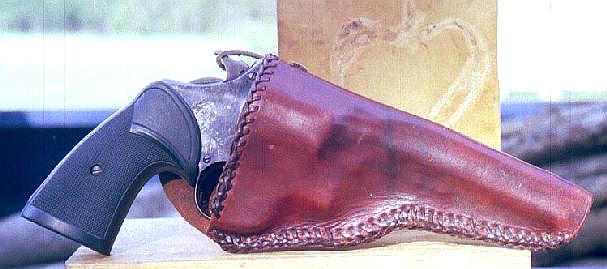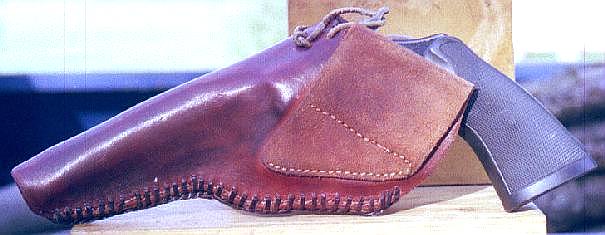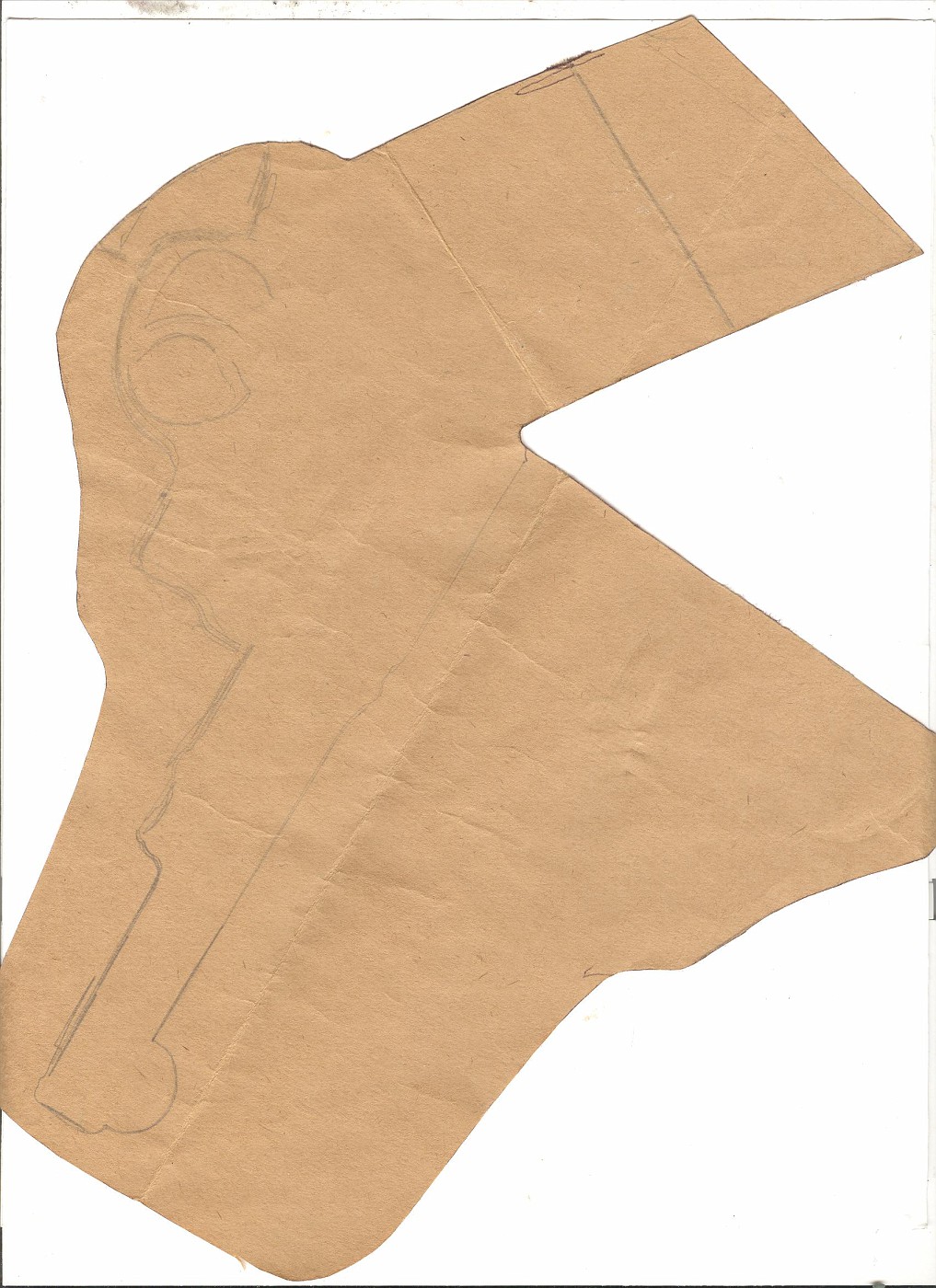I purchased a bunch of .45 rimmed cases for my .45 shooter mentioned above. The throats measure .454+ a bit. I'm using 454190 which casts to .454, the bullet drags some when pushing it thru the chamber. I used accurate #5 6.3gr. overall length is 1.25". I shot 6 rounds into my handy snow bank test medium. Didn't check for bullets walking or anything but check if I was abusing the 1917 and move along in case the snow bank police were around.
My question is #5 known for leaving unburnt powder in the barrel? Is my load too light? Does anyone have experience with heavy bullets in a .45acp revolver?

|
   
   
|


|



 Reply With Quote
Reply With Quote



























